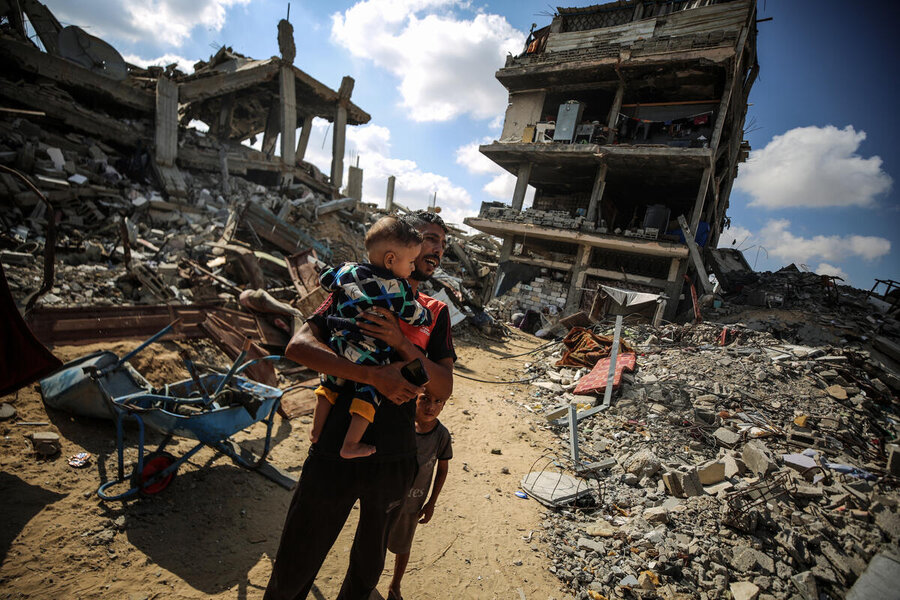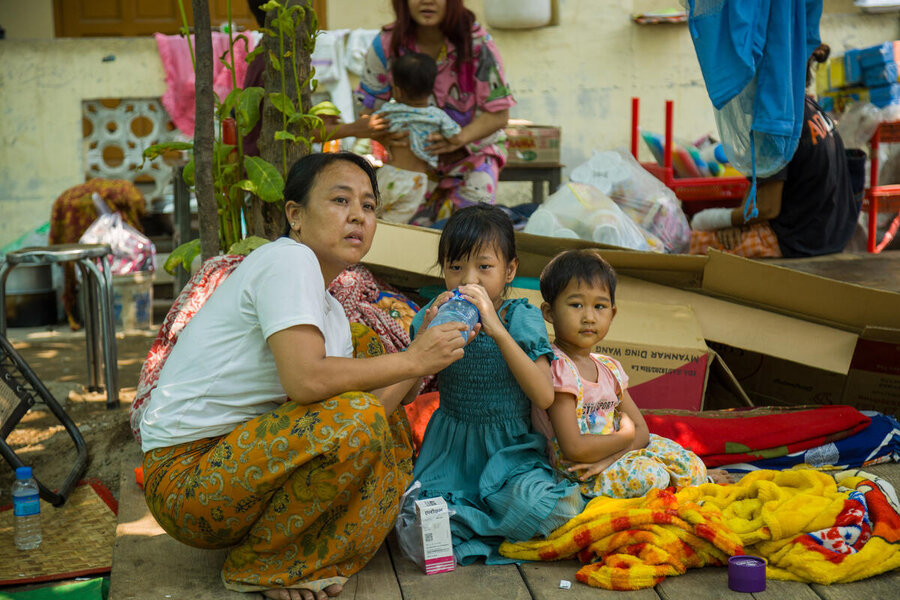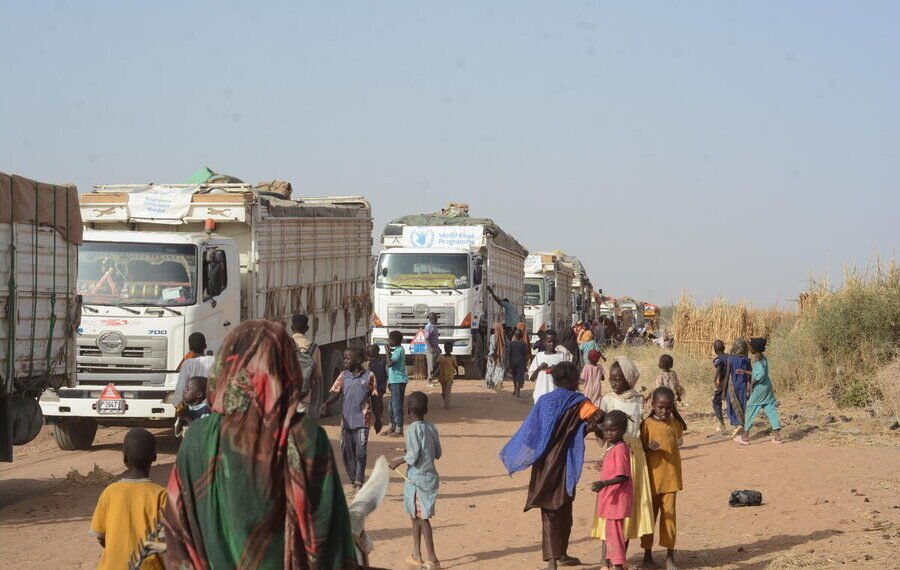A new joint report from the United Nations has warned that populations in five global hunger hotspots are facing acute food insecurity, with the real possibility of starvation and death in the coming months unless decisive humanitarian action is taken immediately.
The report urges an urgent international response to prevent catastrophe by halting conflict, supporting displaced communities, and scaling up food aid.
The semi-annual Hunger Hotspots report, developed by the Food and Agriculture Organization (FAO) and the World Food Programme (WFP), outlines alarming predictions for food crises from June to October 2025.
Supported by funding from the European Union through the Global Network Against Food Crises, this edition identifies 13 countries and territories where food insecurity is expected to worsen, with Sudan, Palestine, South Sudan, Haiti, and Mali marked as hotspots of “highest concern.”
These areas are already experiencing or are at risk of famine due to ongoing conflict, severe economic shocks, and natural disasters. Their worsening crises are being compounded by increasingly restricted humanitarian access and dangerous funding shortages that threaten to make response efforts nearly impossible.
In addition to the five most critical locations, the report classifies Yemen, the Democratic Republic of the Congo, Myanmar, and Nigeria as hotspots of “very high concern.” These nations, too, demand urgent attention to avert a deadly surge in hunger. Other countries on the alert list include Burkina Faso, Chad, Somalia, and Syria.
“This report makes it very clear: hunger today is not a distant threat – it is a daily emergency for millions,” said FAO Director-General QU Dongyu.
“We must act now, and act together, to save lives and safeguard livelihoods. Protecting people’s farms and animals to ensure they can keep producing food where they are, even in the toughest and harshest conditions, is not just urgent – it is essential.”
FAO Director-General QU Dongyu
Sudan And Gaza Face Starvation
The outlook in Sudan remains dire following the confirmation of famine in 2024. Ongoing conflict and widespread displacement, especially in Greater Kordofan and Greater Darfur, have devastated communities.
Humanitarian access remains severely limited, while inflation continues to escalate, pushing food beyond the reach of millions. Approximately 24.6 million people are projected to face Crisis or worse (IPC Phase 3 or above) food insecurity, including 637,000 individuals facing Catastrophe (IPC Phase 5) through May 2025.
In Palestine, the situation in Gaza is approaching famine as military operations and blockades obstruct the delivery of critical food and non-food aid.

“The entire population in Gaza – 2.1 million people – is projected to face Crisis or worse (IPC Phase 3 or above) levels of acute food insecurity, with 470,000 projected to face Catastrophe (IPC Phase 5) through September 2025.”
Hunger Hotspots report
South Sudan is dealing with an overlapping crisis of political instability, flooding risks, and economic hardship. About 7.7 million people – or 57% of the population – are expected to face high levels of acute food insecurity between April and July 2025. An IPC update suggests that famine conditions are emerging in at least two areas.
Haiti’s humanitarian crisis has worsened under the weight of surging gang violence and limited humanitarian access. In the capital, over 8,400 internally displaced persons are currently at Catastrophe (IPC Phase 5) levels of food insecurity. Aid operations remain stifled by extreme insecurity in the Port-au-Prince metropolitan area.
In Mali, the combination of persistent violence and skyrocketing grain prices is placing enormous pressure on already vulnerable communities. If timely assistance is not provided, around 2,600 people could face Catastrophe (CH Phase 5) levels of food insecurity between June and August 2025.
Myanmar is grappling with the aftermath of a major earthquake, layered onto a complex crisis of conflict, displacement, high food prices, and restricted access. The situation is expected to deteriorate even further in the coming months.

The Democratic Republic of the Congo has also reentered the report’s list due to renewed conflict, raising alarm over worsening food access in affected areas.
On a slightly more optimistic note, Ethiopia, Kenya, Lebanon, Lesotho, Malawi, Mozambique, Namibia, Niger, Zambia, and Zimbabwe have been removed from the list. Improved weather conditions and reduced conflict have helped stabilize food security. However, the report warns that these gains are fragile and could reverse if new shocks emerge.
READ ALSO: Ending of Zoomlion Contract Hailed, But Activist Pushes for Disqualification



















